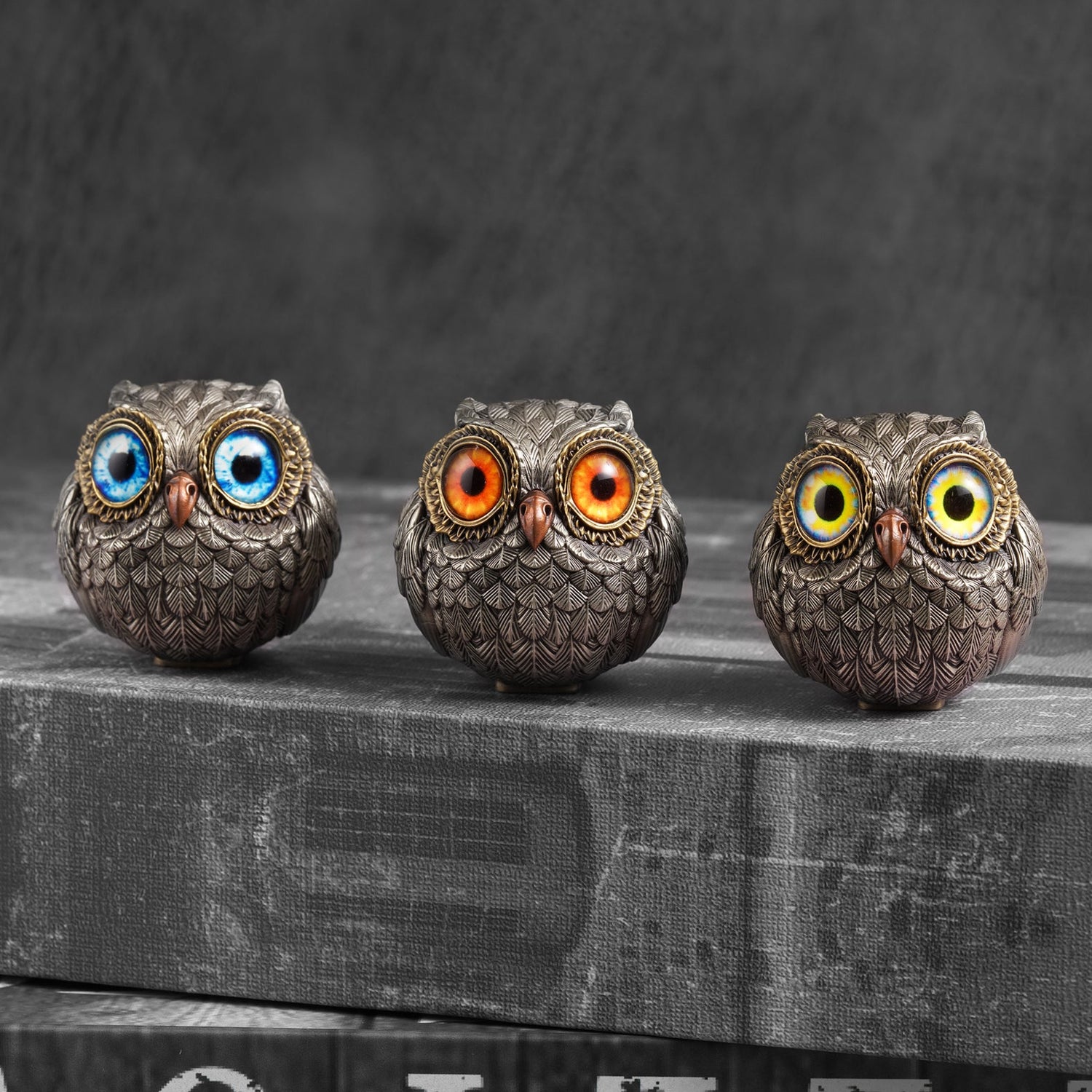Bronze statues are more than just decorative pieces; they are artifacts, carrying the weight of history and capturing moments from the past. Figuring out the age of an antique bronze statue at home might seem challenging, but with a few simple methods, you can start unlocking its secrets—even if you’re not a professional. In this guide, we’ll explore practical ways to identify the age of bronze statues and help you recognize key differences between bronze, spelter, and brass.
How to Sense the Age of a Bronze Statue at Home Without Tools?
Determining the exact age of a vintage bronze statue usually requires expert tools, but there are a few techniques you can try at home for a rough estimate. Here’s where to start:
Look Closely at the Patina
The patina on the surface of an antique bronze statue holds clues to its age. Older bronze pieces often have rich tones of green, brown, or black, while newer statues tend to have a fresher, lighter green hue. Examine the patina’s color, sheen, and thickness closely. If it appears too smooth or artificial, this could mean the statue is newer or has been recently treated. Identifying these differences is key for antique bronze statue collectors.
The Knock Test: Listen to Its “Voice”
A simple sound test can also offer insight into the age of the statue. Gently tap the surface and listen. Older bronze statues might emit a soft, muted tone due to age-related metal changes, while newer ones often have a sharper, metallic tone. This knock test for antique bronze statues requires practice, but it’s a useful method for at-home identification.
Inspect the Base and Seams for Natural Wear
The base and seams of a vintage bronze sculpture are often where you’ll find signs of natural wear. Look for subtle signs of wear and oxidation, which are typical in antique bronze sculptures. If these areas look smooth or newly restored, the statue could be a reproduction.
Observe the Details with a Magnifying Glass
For more clues, use a magnifying glass to study the fine details like inscriptions and textures. Older statues, usually hand-crafted, might have slight irregularities, while modern pieces are often more precise. These unique characteristics of antique bronze statues can help you determine its authenticity and age.
Try the Smell Test
It may sound unusual, but smell can sometimes offer insights. Older statues often carry a distinctive “old metal” scent from years of slow oxidation. In contrast, a newer bronze statue may lack this earthy aroma or have only a faint trace.

How to Differentiate Bronze from Spelter?
In the world of antique metal statues, knowing if your piece is bronze or spelter (a zinc alloy) can be crucial. Bronze, an alloy of copper and tin, has a rich history, while spelter is often a more affordable alternative. Here’s how to spot the difference:
Color and Appearance
Bronze usually has a warm brown or green patina, while spelter often leans toward cooler gray tones. Under natural light, bronze appears heavier and warmer, while spelter has a silvery or duller look. Over time, bronze statues develop a unique green patina that’s a key distinction from spelter, which might oxidize to a gray or white color.
Weight and Density
The weight test is another way to tell bronze from spelter. Bronze is denser and heavier than spelter, and this can often be felt just by holding the item. A vintage bronze statue will typically feel significantly heavier than a spelter piece of the same size. You can even weigh it on a scale; bronze usually has a density around 8.9 grams per cubic centimeter, compared to 6.6 to 7.2 for spelter.
Performing a Sound Test
A sound test can also help differentiate these materials. Bronze tends to emit a clear, resonant ring, while spelter has a duller sound. This difference in sound between bronze and spelter is due to the unique densities and hardness of each metal. This method is particularly helpful for thinner or hollow items.
How to Tell If Something Is Bronze or Brass?
Both bronze and brass are popular in art and collectibles, but telling them apart is key for art enthusiasts. Here are some methods to help you determine whether an item is made of bronze or brass:
Color Differences Between Bronze and Brass
While bronze and brass have similar hues, a careful eye can spot the differences. Bronze appears deep brown or reddish-brown, while brass looks more golden or yellowish due to its higher zinc content. Observing the item under natural light can help—bronze generally looks more subdued, whereas brass has a brighter, reflective surface.
The Sound Test
The sound test is a simple way to distinguish bronze from brass at home. Tap the item and listen: bronze has a deeper, more resonant sound due to its density, while brass may have a brighter, ringing tone. This difference can often be heard clearly, especially with hollow items.
Oxidation Reaction and Patina Differences
Both bronze and brass undergo oxidation, but their patinas differ. Bronze typically forms a greenish patina, a telltale sign for bronze, while brass oxidizes to a darker brown or black due to its zinc content. Observing the patina differences between bronze and brass can be a reliable way to identify the metal.












